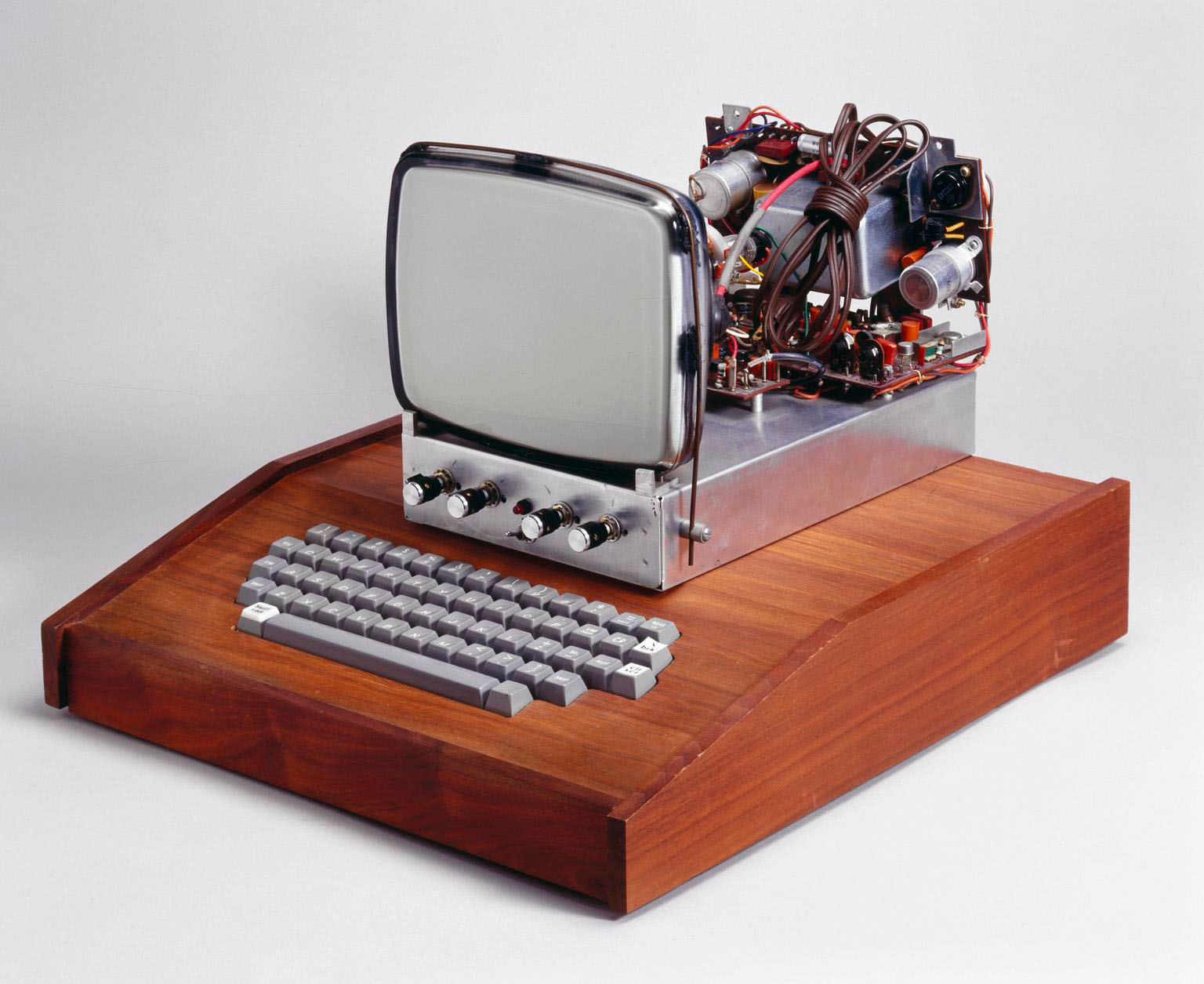The Science Museum in London is a world-renowned institution dedicated to promoting science, technology, engineering, and mathematics (STEM) education. Located in the heart of South Kensington, the museum is one of the city’s most popular tourist destinations and attracts millions of visitors every year.
History of the Science Museum
The Science Museum was founded in 1857 as part of the South Kensington Museum, which also included the Victoria and Albert Museum and the Natural History Museum. Originally called the Museum of Patents, it was renamed the South Kensington Museum of Science and Art in 1858 and finally became the Science Museum in 1909.
Over the years, it has grown to become one of the largest and most comprehensive science museums in the world. Today, it houses over 300,000 objects, including historical artefacts, scientific instruments, and technological innovations.
Exhibitions and Collections
The Science Museum’s has several categories, including aviation, space travel, telecommunications, medicine, and computing. The museum also has several interactive galleries, which allow visitors to learn about science through hands-on exhibits and demonstrations.

One of the museum’s most popular exhibits is the Making the Modern World gallery. This showcases some of the most important technological advancements of the past 250 years. Here, visitors can see iconic objects such as Stephenson’s Rocket, the first jet engine, and the first Apple computer.
Another popular exhibit is the Information Age gallery, which explores the history of telecommunications and computing. You can learn about the development of the internet and see the world’s first transatlantic telegraph cable.
The Science Museum also has several special exhibitions throughout the year, which focus on a particular topic or theme. Recent exhibitions have included The Sun: Living with our Star, which explored the history and science of our closest star, and Driverless: Who is in Control? which examined the impact of autonomous vehicles on society.
Interactive Exhibits and Activities
One of the Science Museum’s greatest strengths is its emphasis on interactive exhibits and activities. Visitors of all ages can enjoy hands-on experiences that bring science to life.

The museum’s Wonderlab gallery is a perfect example of this approach. Here, visitors can explore over 50 interactive exhibits that showcase the science of light, sound, forces, and electricity. They can make giant bubbles, create tornadoes, and even experience a simulated earthquake.
The Science Museum also has several workshops and demonstrations that allow visitors to learn about specific topics in more detail. These can include everything from coding workshops for children to chemistry demonstrations for adults.
In addition to its regular exhibits and activities, the Science Museum also hosts a variety of events throughout the year. These can include talks by leading scientists, film screenings, and special late-night openings.
Conclusion
Anyone interested in science, technology, engineering, or mathematics will enjoy a visit to the Science Museum. With its extensive collection of historical artefacts and interactive exhibits, the museum offers a unique and engaging experience for visitors of all ages.
Whether you are a student, a scientist, or simply someone who wants to learn more about the world around you, the Science Museum has something to offer. Its commitment to promoting STEM education and its emphasis on hands-on experiences make it one of the most innovative and inspiring museums in the world.
Getting There
The Science Museum is within walking distance of South Kensington and Gloucester Road stations, both of which are served by the Circle, District, and Piccadilly lines. For those who prefer to cycle, there are also ample bike racks available in the vicinity of the museum.
Contact:
View Website
0207 942 4000
Opening hours:
Daily 10 am-6 pm (last admission 5.15 pm)
Science Museum
Exhibition Road, South Kensington, London SW7 2DD
